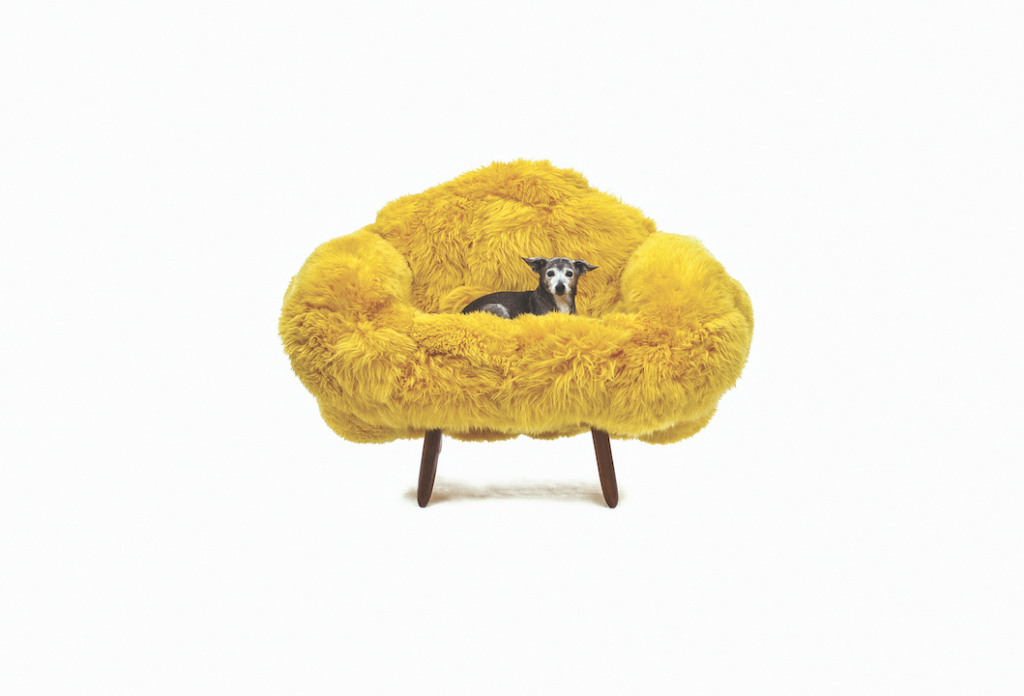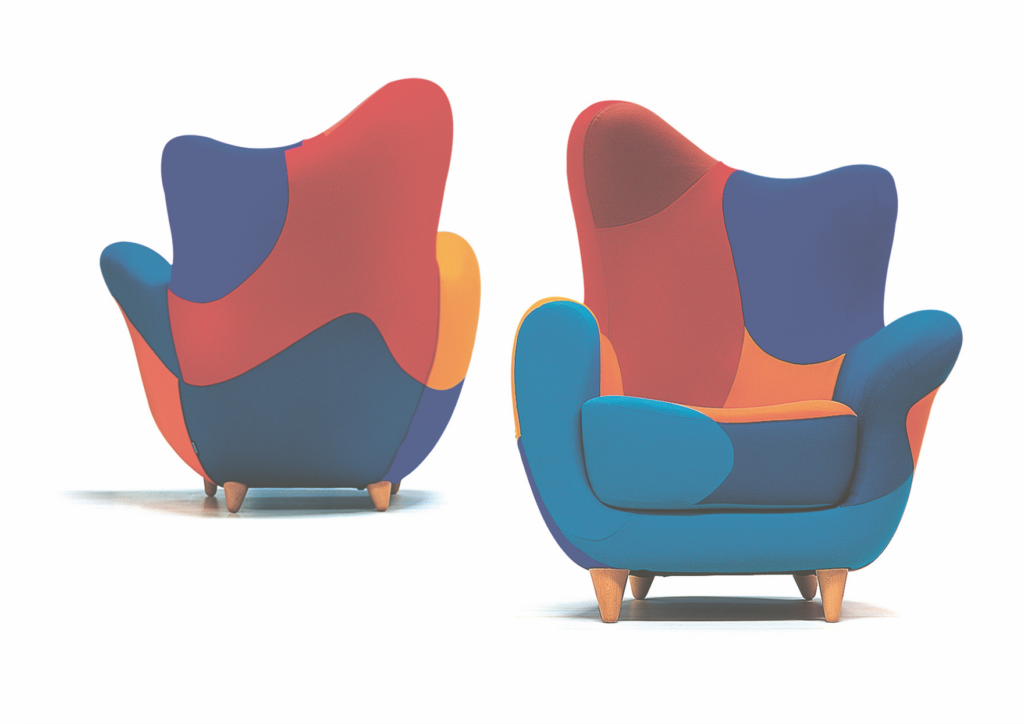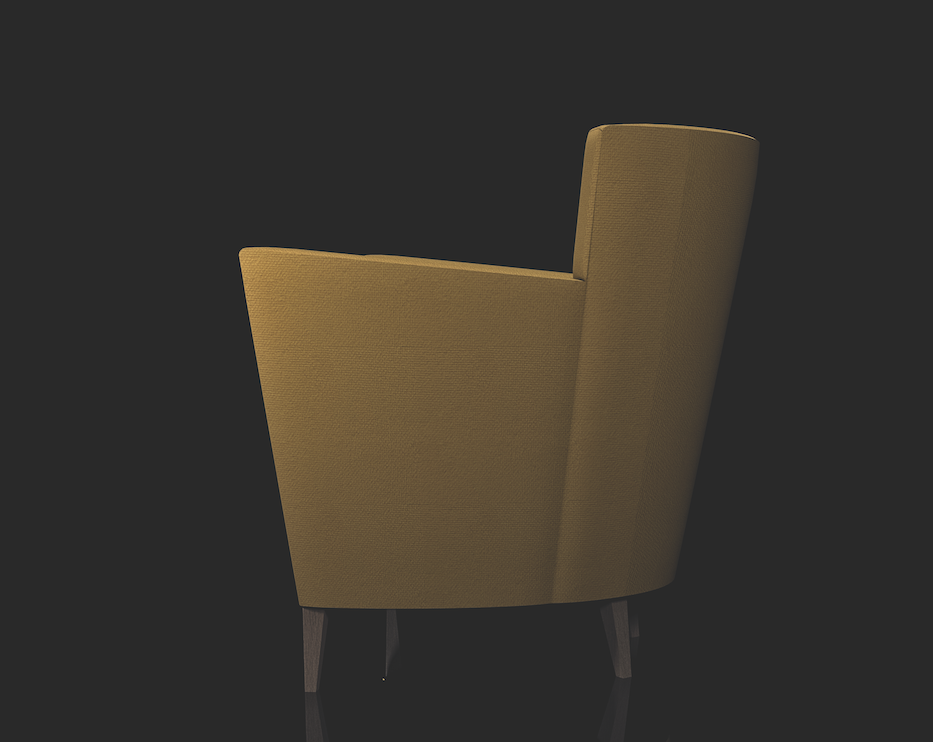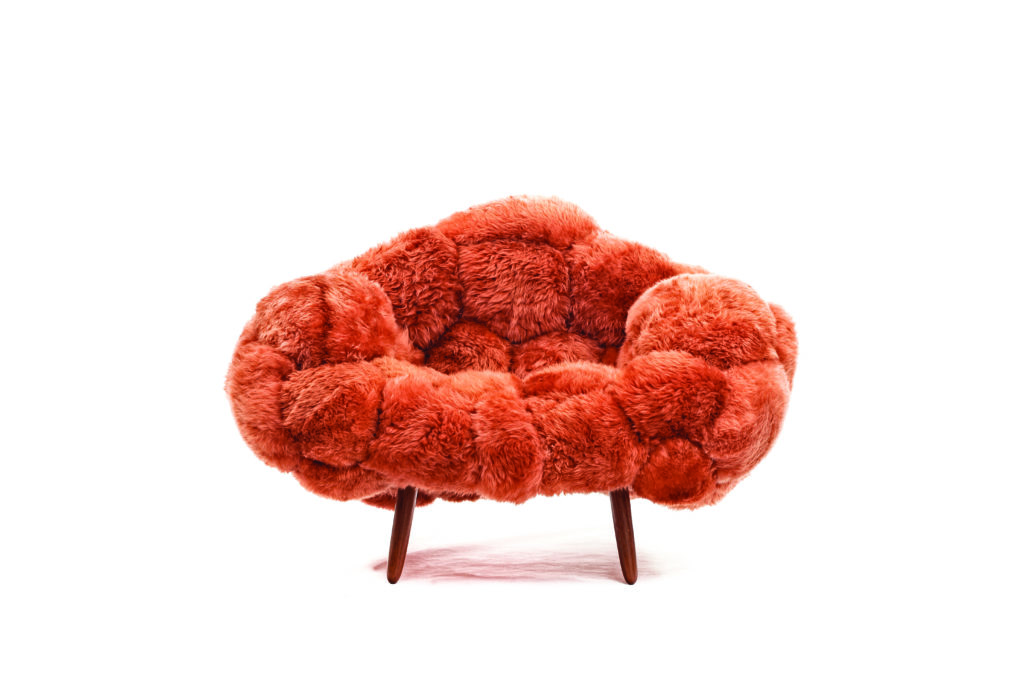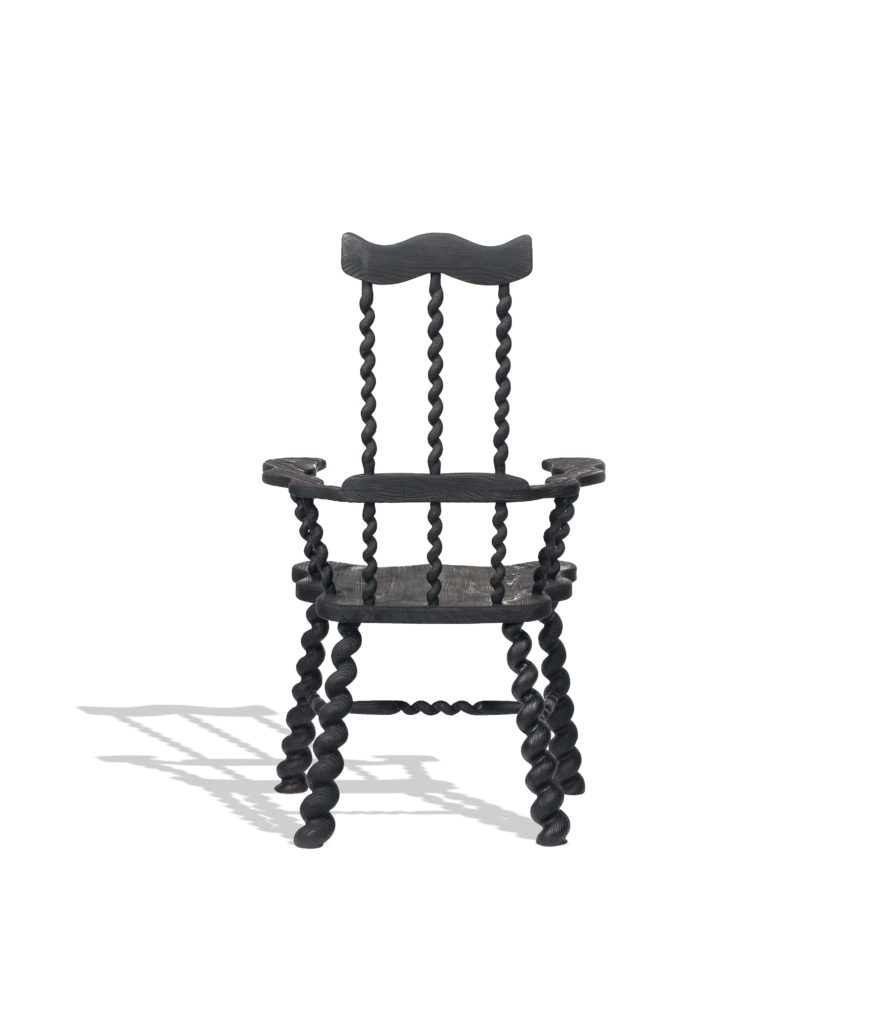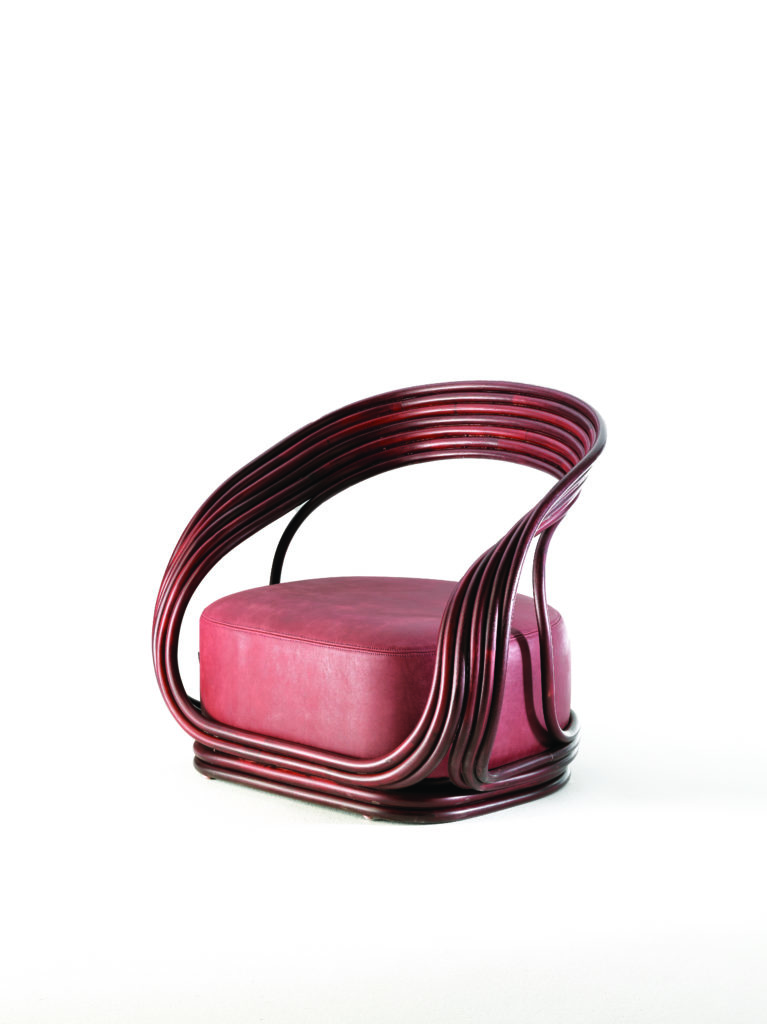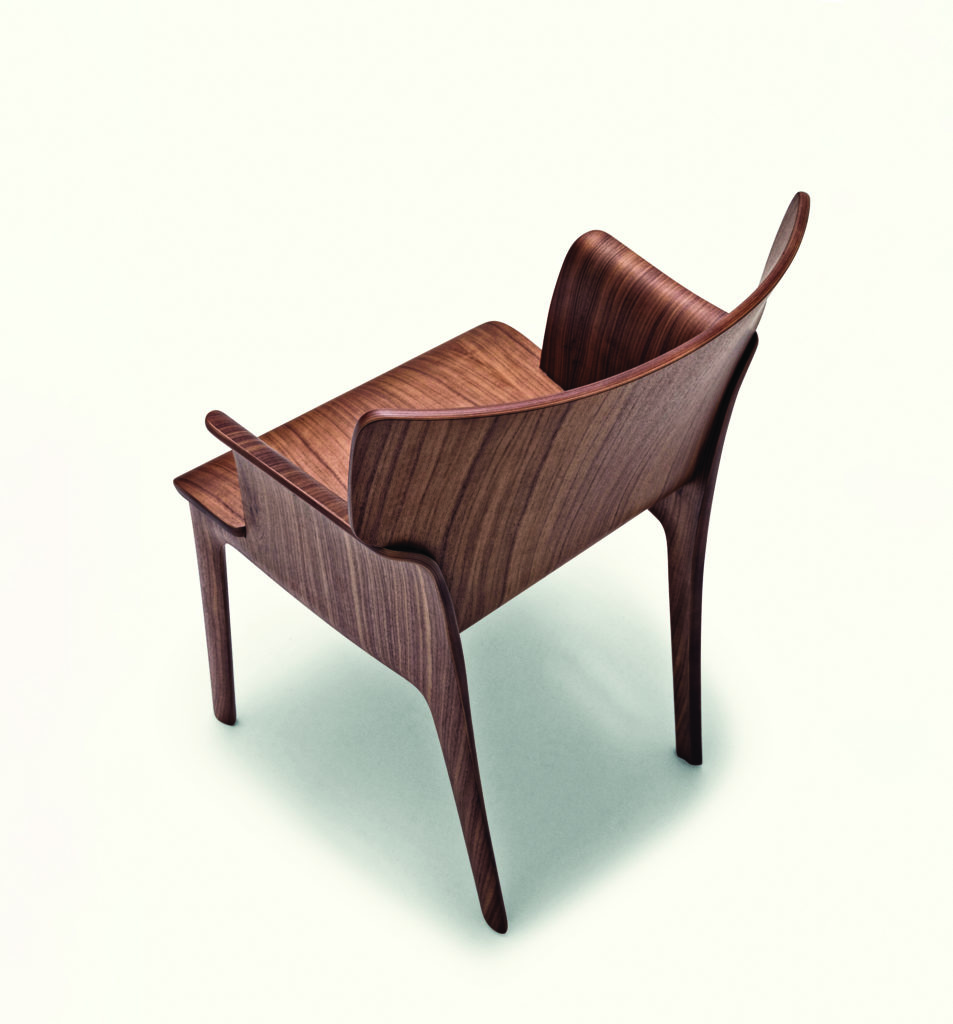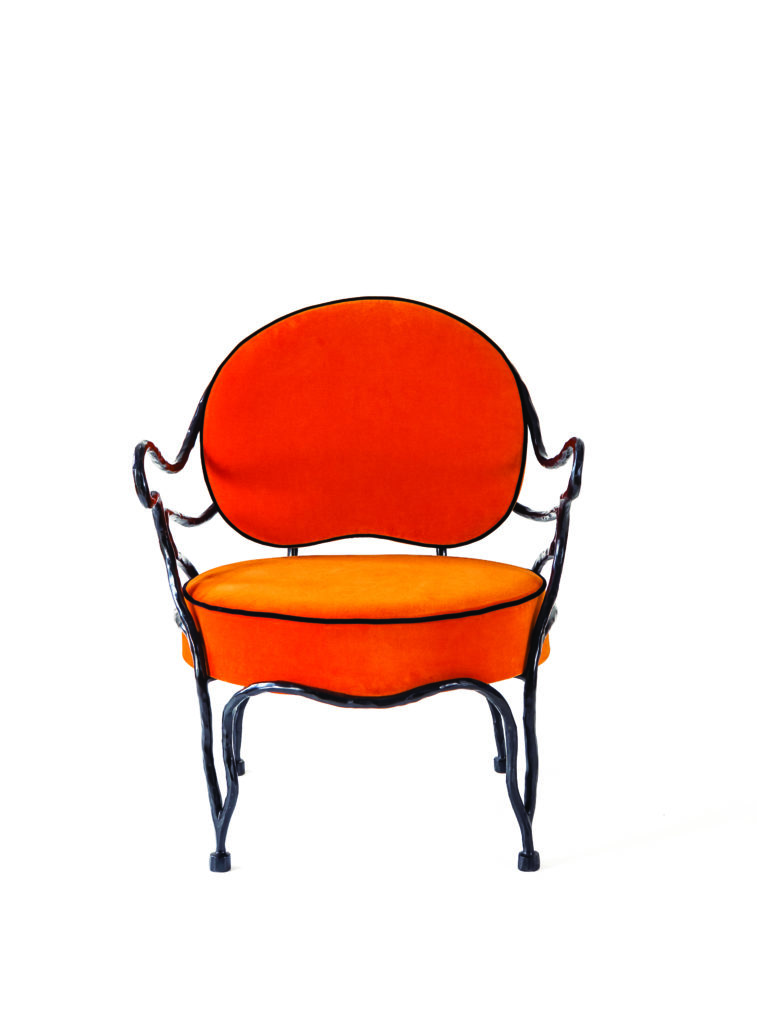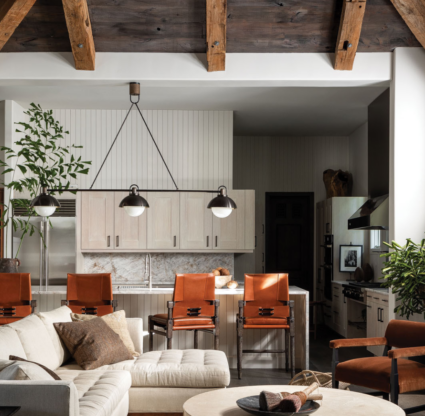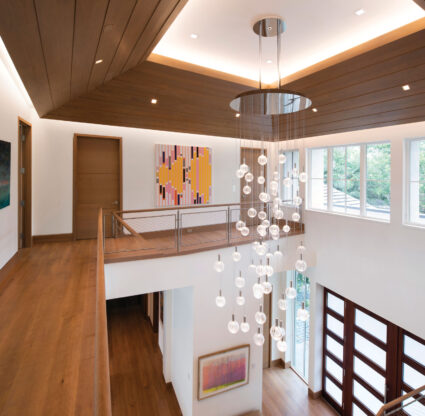Stop for a minute and consider the chair. In the world of furniture, we take it for granted—it’s basic, and in fact, essential. But no other piece of furniture offers such a range of creative opportunities. In the words of designer Michael Wolk, there are “no real boundaries between architecture and design, no hiatus between painting, drawing and sculpture, and no hierarchy between high art and applied art.”
A chair can be a sculpture or it can be architecture. Chairs can tell stories of another place or time. Chairs can be whimsical or serious, elaborate or simple, formal or rustic. “The chair becomes an exciting canvas,” gallerist David Alhadeff, of famed design center The Future Perfect, says. “It is, in many ways, the most important piece of furniture you can design. You can express yourself in a very clear and beautiful way.”
Of course, the primary purpose of any chair is function and comfort. Zoe Welch, who ran the education programs at Miami Beach’s Wolfsonian museum, calculates that the average American adult sits 2,372.5 hours per year—that’s almost 99 days worth of sitting. Welch developed an entire curriculum based on the challenges and opportunities of chair design.
Indeed, the chair you sit in today could quite easily show up in a museum tomorrow. Chairs are a significant focus at the Vitra Design Museum in the German town of Weil am Rhein. The Vitra Museum’s extensive collection focuses largely on the 20th century. Still, chairs from all epochs—dating back to ancient Egypt, Greece and Rome—show up in museum collections worldwide, proving Wolk’s axiom that the boundaries between art and design are often invisible when it comes to the chair.
To validate that point, in 2018, Alhadeff asked artists, industrial designers, ceramicists, sculptors and interior designers to design a chair of their imagination for an exhibition at his New York location for The Future Perfect (he has galleries in San Francisco and Los Angeles, as well). The results range from wildly imaginative (some impossible to sit on) conjurings, many of them infused with a wicked sense of humor, to the elegant and ethereal, to the beautiful and practical—but all of them, as Alhadeff says, “are an expression of the artist’s voice.”
The chairs shown in these pages explore some of the many facets of chair design. Javier Mariscal’s brightly color-blocked piece takes its cues from the time-honored wingback—a style that has long intrigued designers. But, it plays with color and proportion in a way that is a nod both to the Memphis movement (the Milan-born 1980s aesthetic that blends Art Deco, Pop Art and kitsch as an antithesis to minimalist midcentury modern design) and postmodernism (which exaggerates traditional motifs). By contrast, the Welsh Stick Chair by the East London-based design duo Wilkinson & Rivera takes a humble historic Welsh stick chair and reiterates it in an elegant form that is both historical and contemporary. Michael Wolk’s Donovan chair is a sculptural ode to the form and function of the chair that timelessly speaks to a modern aesthetic. Giovanni Travasa’s rattan Eva chair is at once whimsical and unexpectedly unsophisticated. The limited-edition Bolotas Armchair from Estudio Campana (run by brothers Humberto and Fernando Campana) is made of sheep’s wool and ipe wood, materials that speak to and tell a story of their native Brazil.
So take a seat, and think about the chair, that one piece of furniture that is often ignored and always has enormous possibilities.

